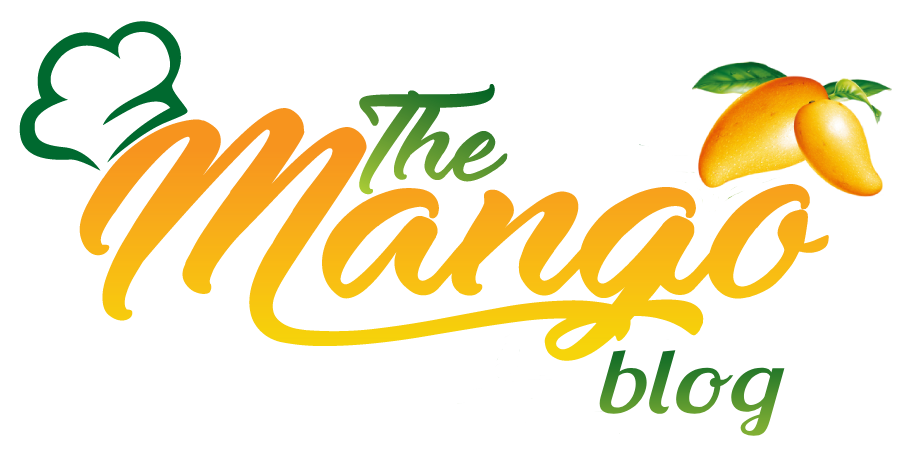
When life throws you a financial curveball, where do you turn? Have you ever found yourself counting down the days until payday whilst an urgent bill stares you in the face? What if there was a way to bridge that gap without the endless paperwork and waiting times of traditional bank loans?
Welcome to your definitive resource on quick cash loans – those financial lifelines that can help you navigate unexpected expenses when time isn’t on your side. Whether it’s a broken-down car that needs immediate repairs or an emergency medical bill that can’t wait, understanding how to access funds quickly and safely could make all the difference to your financial wellbeing.
This guide will walk you through everything you need to know about securing quick cash loans in Australia. From understanding what they actually are to protecting yourself from predatory lenders, we’ll explore the ins and outs of fast financing. You’ll learn about eligibility requirements, the true costs involved, and most importantly, how to get approved quickly whilst avoiding common pitfalls. By the end, you’ll have the knowledge and confidence to make informed decisions about whether a quick cash loan is right for your situation.
Understanding Quick Cash Loans: What You Need to Know
What exactly are quick cash loans?
Quick cash loans are short-term lending solutions designed to provide immediate financial relief when you need it most. Think of them as financial band-aids – they’re meant to cover urgent expenses quickly, typically ranging from a few hundred to several thousand dollars. These loans usually come with shorter repayment periods than traditional loans, often requiring full repayment within weeks or months rather than years.
The beauty of quick cash loans lies in their accessibility and speed. Unlike conventional lending options, they’re specifically structured to get money into your account fast – sometimes within hours of applying. They’re particularly popular amongst Australians who need to cover unexpected costs before their next payday arrives.
How do quick cash loans differ from traditional bank loans?
The differences between quick cash loans and traditional bank loans are like comparing a sprint to a marathon. Traditional bank loans involve lengthy application processes, extensive documentation, and rigorous credit checks that can take weeks to complete. You’ll often need to visit a branch in person, provide detailed financial histories, and wait anxiously for approval.
Quick cash loans, on the other hand, strip away much of this complexity. Applications are usually completed online in minutes, documentation requirements are minimal, and decisions are made rapidly using automated systems. Whilst banks might scrutinise every aspect of your financial life, quick cash lenders focus on your current ability to repay.
Common types of quick cash loans available in Australia
Australia’s quick cash loan market offers several options to suit different needs. Payday loans are perhaps the most well-known, designed to tide you over until your next pay arrives. These typically range from $100 to $2,000 and must be repaid within 16 days to 12 months.
Personal loans from online lenders represent another popular choice. These can range from $2,001 to $5,000 for medium-amount credit contracts, or above $5,000 for larger personal loans. They often come with more flexible repayment terms than payday loans whilst still maintaining quick approval times.
When Should You Consider a Quick Cash Loan?
Emergency expenses that justify quick borrowing
Not every financial hiccup warrants taking out a quick cash loan. The key is distinguishing between genuine emergencies and expenses that can wait. Medical emergencies top the list of justified reasons – when you or a family member needs urgent treatment, waiting isn’t an option. Similarly, essential car repairs for your primary transport can’t be postponed if you rely on your vehicle for work.
Home emergencies like a burst pipe or broken heating system in winter also fall into this category. These situations can quickly escalate if left unaddressed, potentially causing more expensive damage down the line. Legal obligations, such as court-ordered payments or fines with imminent deadlines, might also necessitate quick borrowing to avoid more severe consequences.
Signs you might need immediate financial help
Recognising when you’re in genuine financial distress is crucial for making sound borrowing decisions. One clear sign is when you’re facing disconnection of essential services like electricity or water due to overdue bills. Another red flag is when you can’t afford necessary medications or medical treatments.
If you’re consistently choosing between buying food and paying bills, or if you’ve exhausted your emergency savings and have nowhere else to turn, these are strong indicators that immediate financial assistance might be necessary. Being at risk of losing your home due to missed rent or mortgage payments is another serious situation where quick cash could provide breathing room.
When to avoid quick cash loans
Just as important as knowing when to borrow is recognising when not to. Quick cash loans should never be used for discretionary spending like holidays, entertainment, or luxury purchases. If you’re thinking about borrowing for a sale item or limited-time offer, step back and reconsider.
Avoid using quick cash loans to pay off other debts unless you’re consolidating at a lower interest rate. Taking out high-interest loans to service existing debt often creates a dangerous cycle that’s difficult to escape. Similarly, don’t borrow for regular living expenses if your income simply doesn’t cover your lifestyle – this indicates a need for budgeting changes, not more debt.
How Much Can You Borrow with Quick Cash Loans?
Typical loan amounts and limits
Quick cash loan amounts in Australia are regulated to protect consumers from excessive borrowing. Small amount credit contracts (SACCs) typically range from $100 to $2,000, perfect for those minor emergencies that pop up between paydays. These loans must be repaid within a minimum of 16 days and a maximum of 12 months.
Moving up the scale, medium amount credit contracts cover loans from $2,001 to $5,000. These offer more breathing room for larger expenses whilst still maintaining relatively quick approval processes. Repayment terms for these loans can extend from 16 days up to 2 years, giving you more flexibility in managing repayments.
Factors that determine your borrowing capacity
Your borrowing capacity isn’t pulled from thin air – lenders use specific criteria to determine how much they’re willing to lend. Your income sits at the heart of this calculation. Lenders want to see regular, stable income that demonstrates your ability to meet repayment obligations without undue hardship.
Existing financial commitments play a major role too. Lenders will examine your current debts, regular bills, and living expenses to understand how much disposable income you have available. They’re legally required to ensure that loan repayments won’t push you into financial hardship.
Understanding loan-to-income ratios
Loan-to-income ratios help lenders assess whether you can realistically afford repayments. For quick cash loans, lenders typically ensure that repayments won’t exceed a certain percentage of your income – often around 20% for small amount loans. This protection exists to prevent borrowers from overextending themselves.
Here’s how it works in practice: if you earn $3,000 per month after tax, a lender might cap your repayments at $600 monthly. This calculation includes all existing loan repayments, not just the new loan you’re applying for. If you’re already paying $400 monthly on other debts, you might only qualify for a loan with $200 monthly repayments.
Step-by-Step Guide to Securing Quick Cash Loans
Preparing your application: Essential documents needed
Getting your paperwork in order before starting your application can significantly speed up the approval process. Most quick cash lenders require proof of identity – typically your driver’s licence or passport. Don’t forget to check that these documents haven’t expired, as outdated ID can delay your application.
You’ll need to demonstrate your income, usually through recent payslips or bank statements showing regular deposits. For self-employed applicants, tax returns or business bank statements might be necessary. Most lenders want to see at least 90 days of transaction history to verify income stability.
Finding legitimate lenders: Where to look
Start your search with lenders who hold Australian Credit Licences (ACL) – this is non-negotiable for legitimate operators. Check the Australian Securities and Investments Commission (ASIC) website to verify a lender’s credentials. Established online lenders with clear websites, transparent terms, and readily available contact information are generally safer bets.
Comparison websites can help you explore options, but remember they often earn commissions and might not show all available lenders. Look for lenders who are members of industry bodies like the Australian Finance Industry Association (AFIA), as membership indicates adherence to industry standards.
The application process: What to expect
Modern quick cash loan applications are designed for speed and simplicity. You’ll typically start by entering basic information – how much you want to borrow and for how long. The lender’s website should immediately show you the total repayment amount, including all fees and interest.
Next comes the detailed application where you’ll provide personal information, employment details, and income verification. Many lenders now use bank statement analysis technology – you’ll securely connect your bank account, allowing them to verify your income and expenses automatically. This process usually takes just minutes.
How long does approval actually take?
The speed of approval varies depending on several factors, but many lenders now offer decisions within minutes of application submission. If you apply during business hours with all required documentation ready, you could have an answer within 60 minutes. Some lenders even guarantee 60-second provisional decisions.
The time between approval and receiving funds depends on your bank’s processing times. Many lenders initiate transfers immediately upon contract signing, with funds arriving within hours if your bank supports fast payments. Applications submitted outside business hours or on weekends might experience slight delays.
Conclusion
Quick cash loans serve a valuable purpose in Australia’s financial landscape, providing rapid access to funds when emergencies strike and traditional lending options aren’t viable. Throughout this guide, we’ve explored how these loans work, when they’re appropriate, and crucially, how to use them responsibly.
The key takeaway? Quick cash loans are powerful tools that require careful consideration. They’re expensive forms of credit designed for genuine short-term emergencies, not lifestyle funding. Success lies in understanding the true costs, borrowing only what you need, and having a solid repayment plan before you sign any contract. By following the strategies we’ve discussed from choosing legitimate lenders to exploring alternatives first – you can make informed decisions that support rather than hinder your financial wellbeing.




